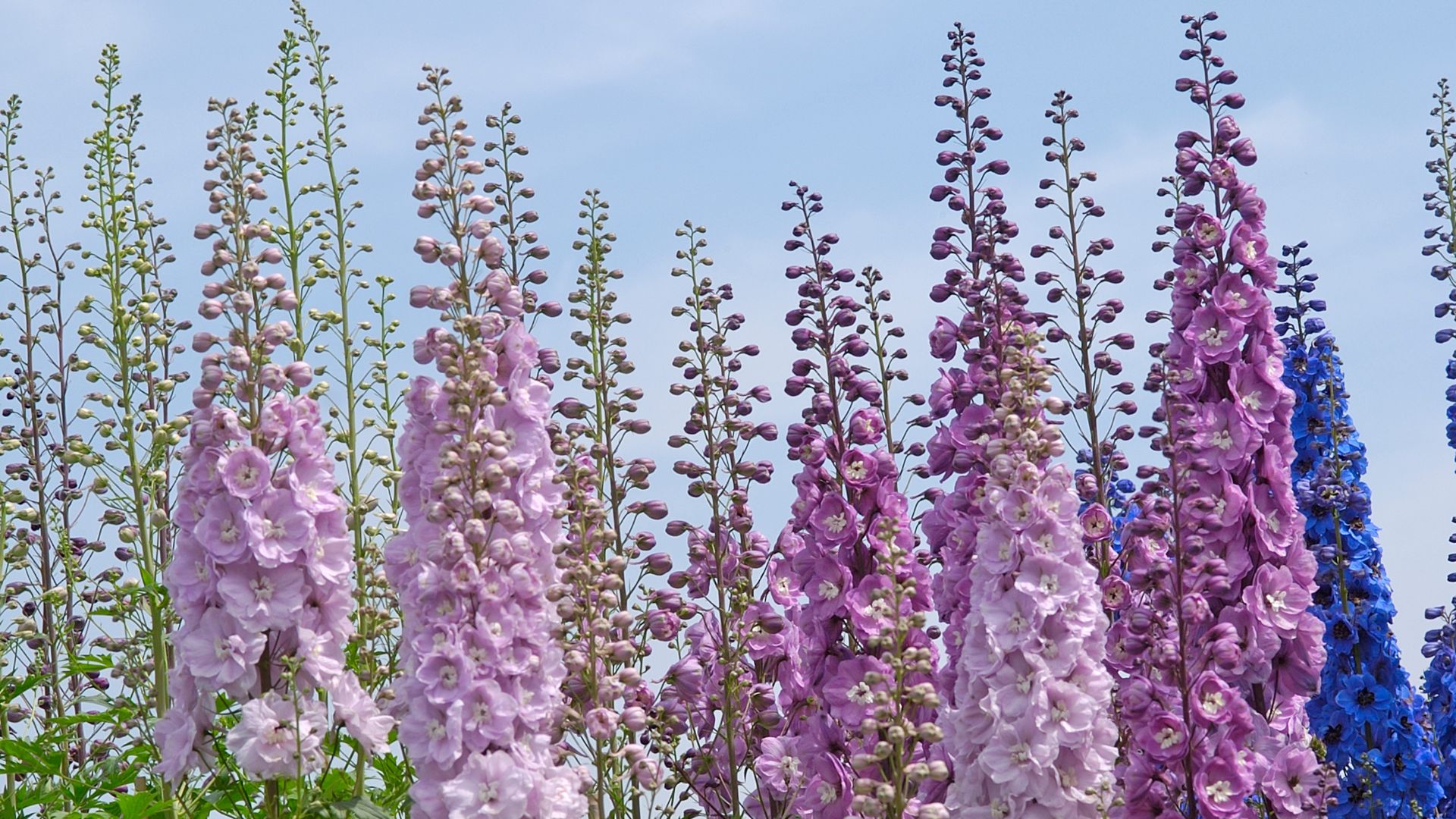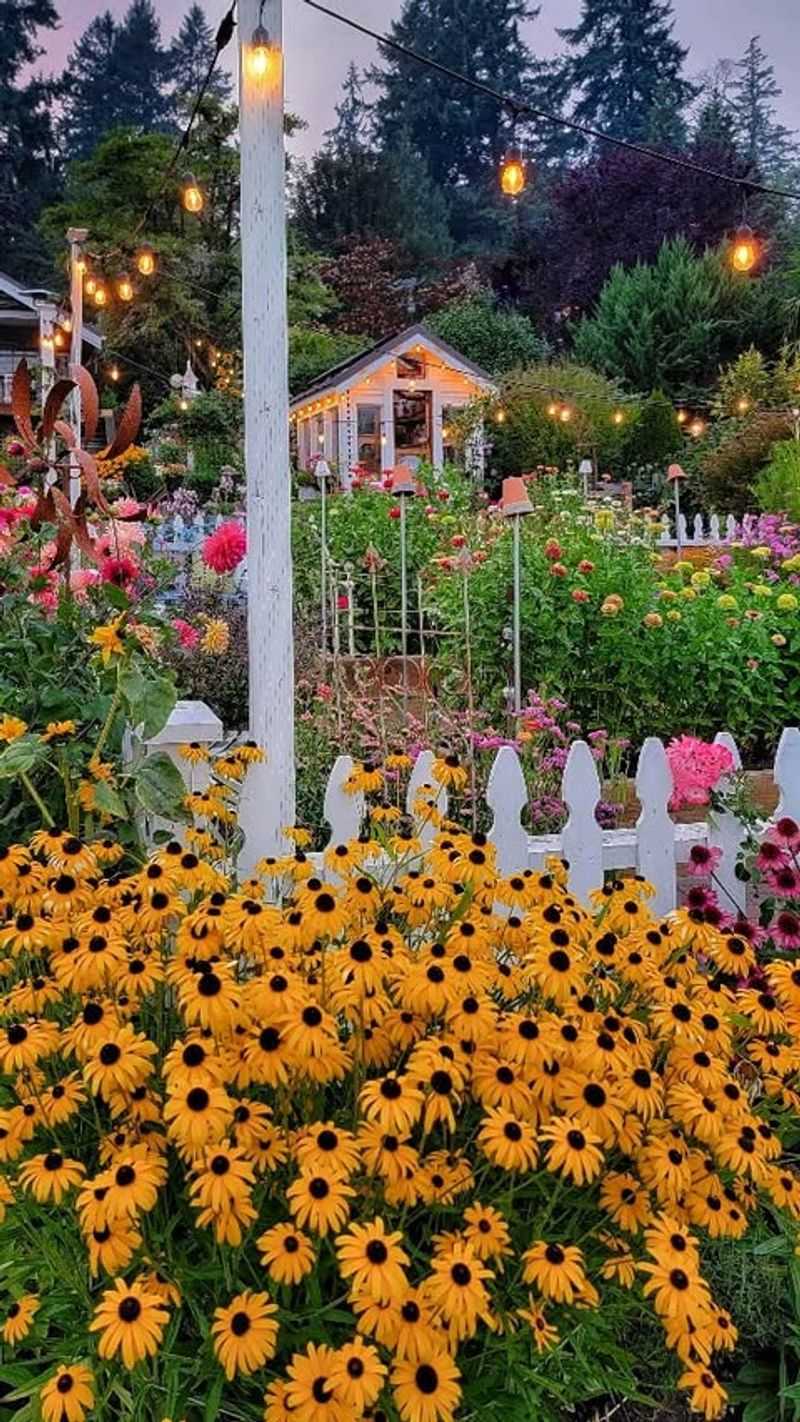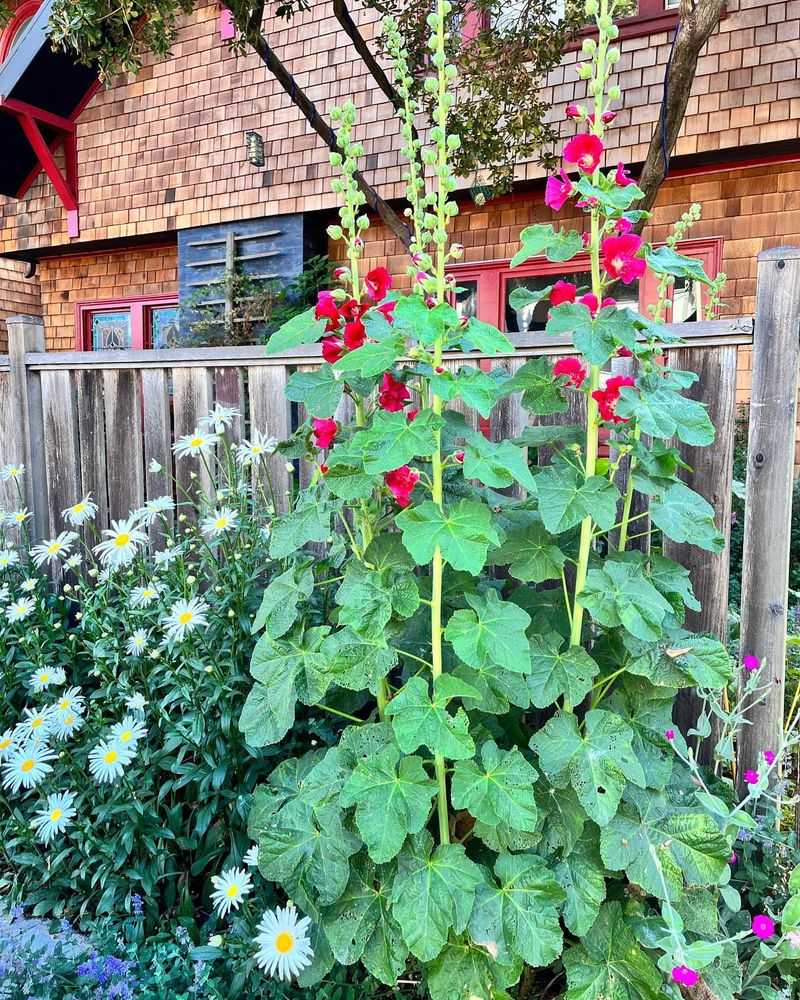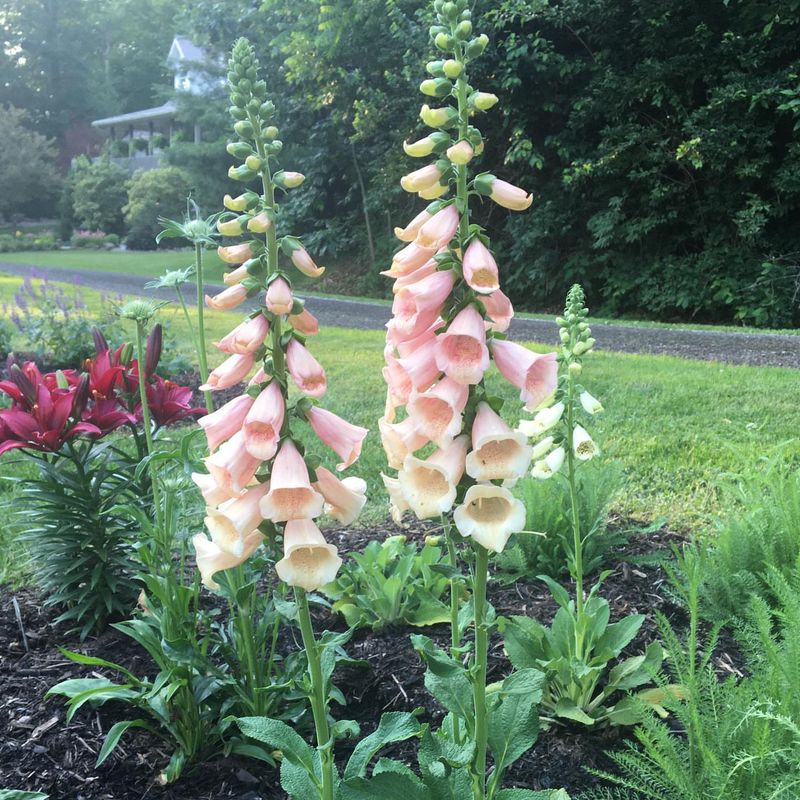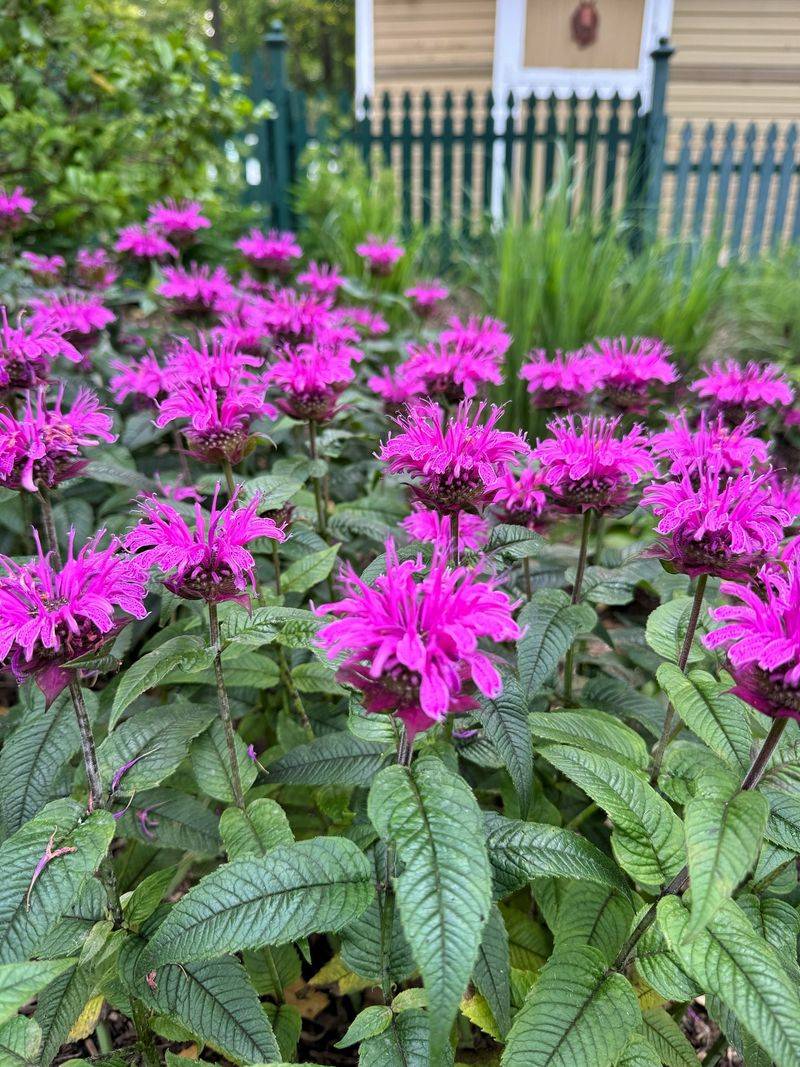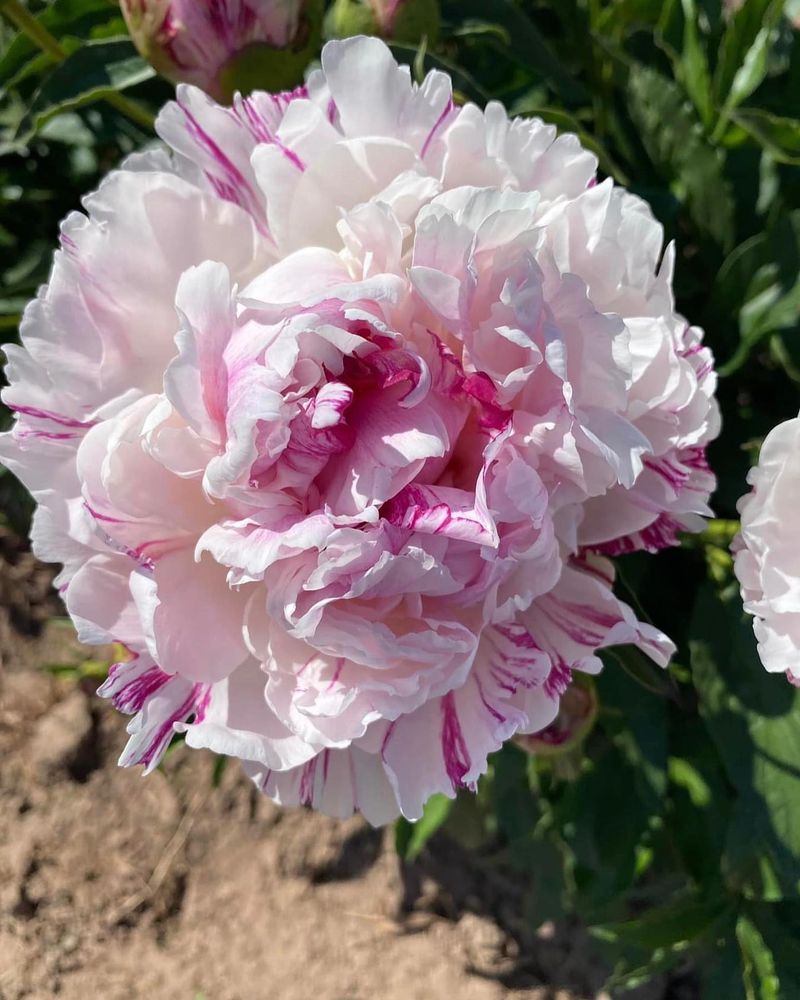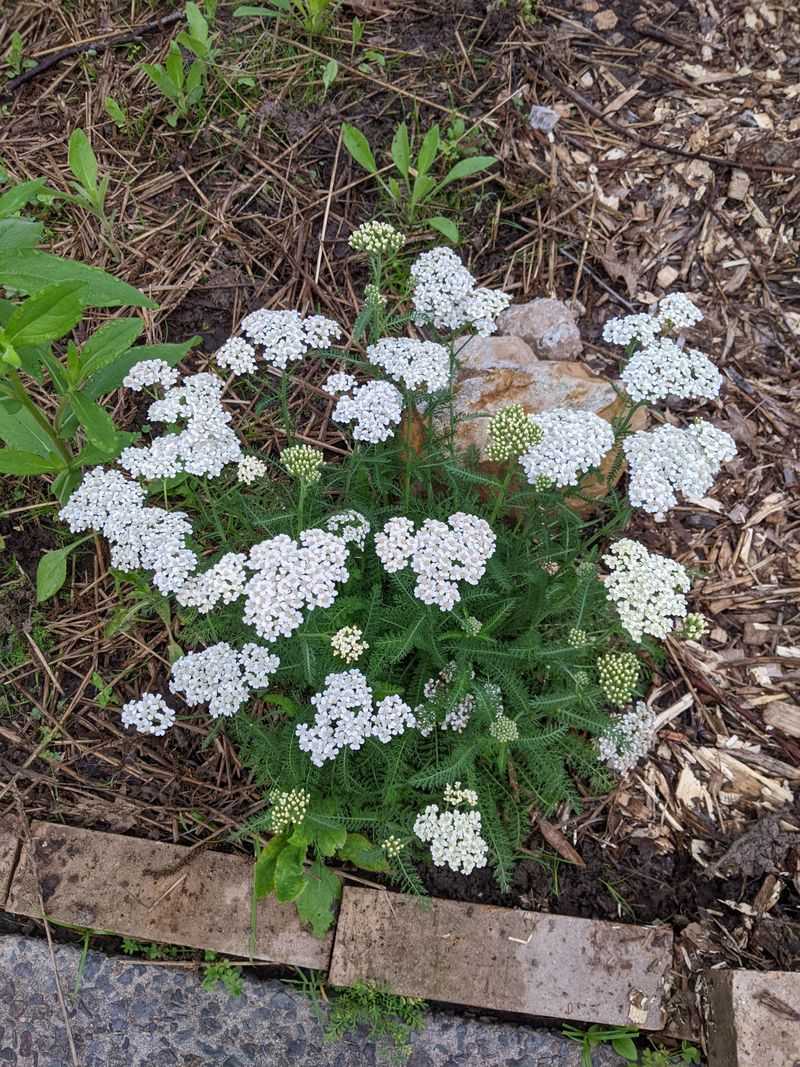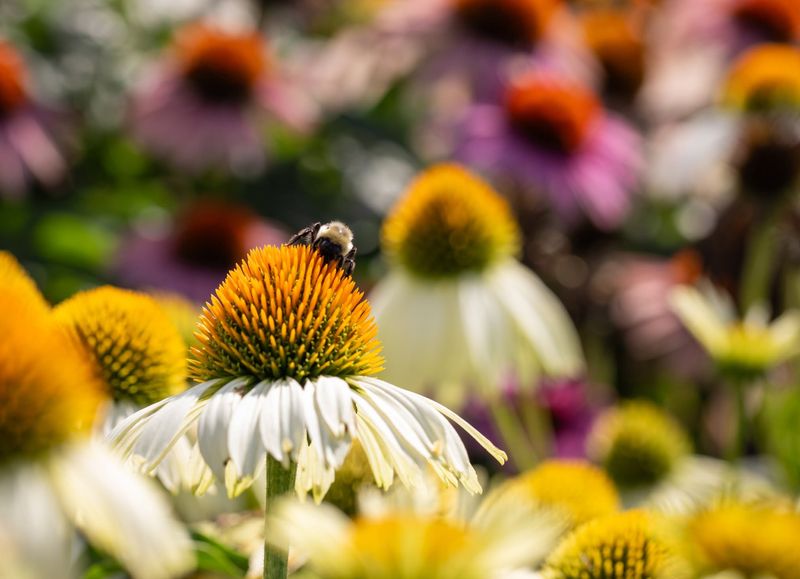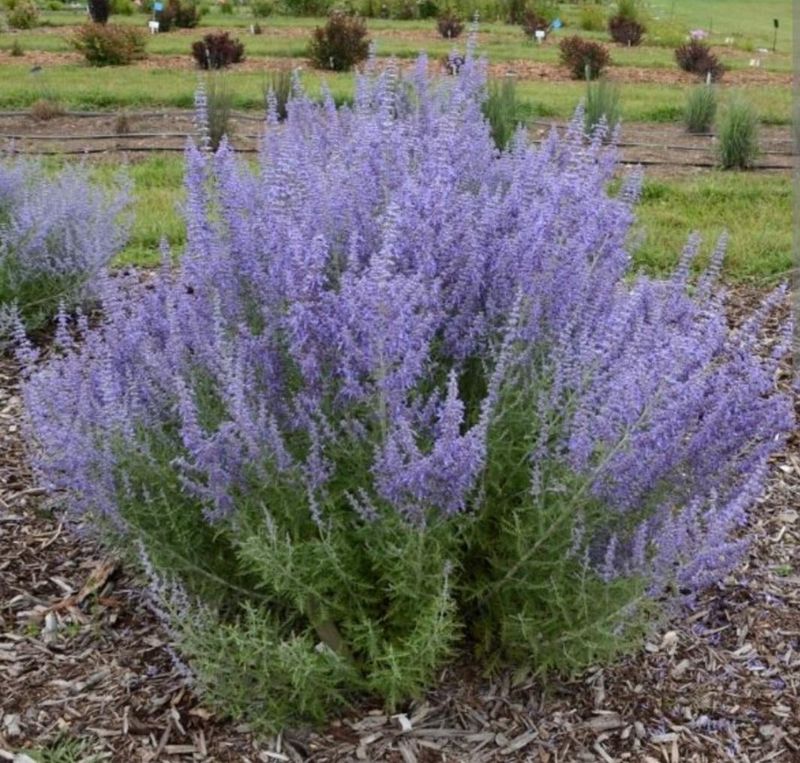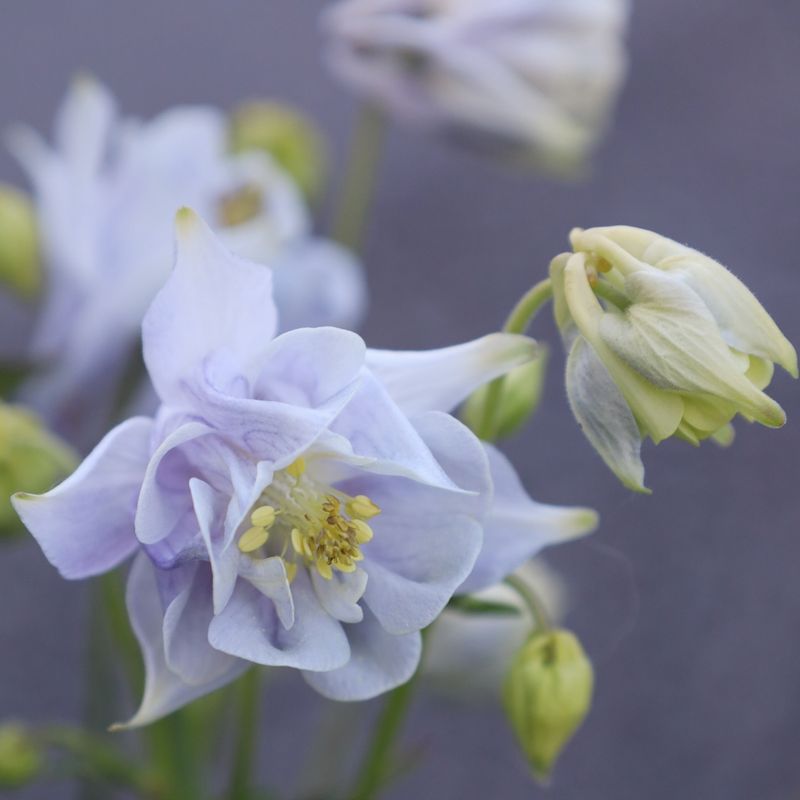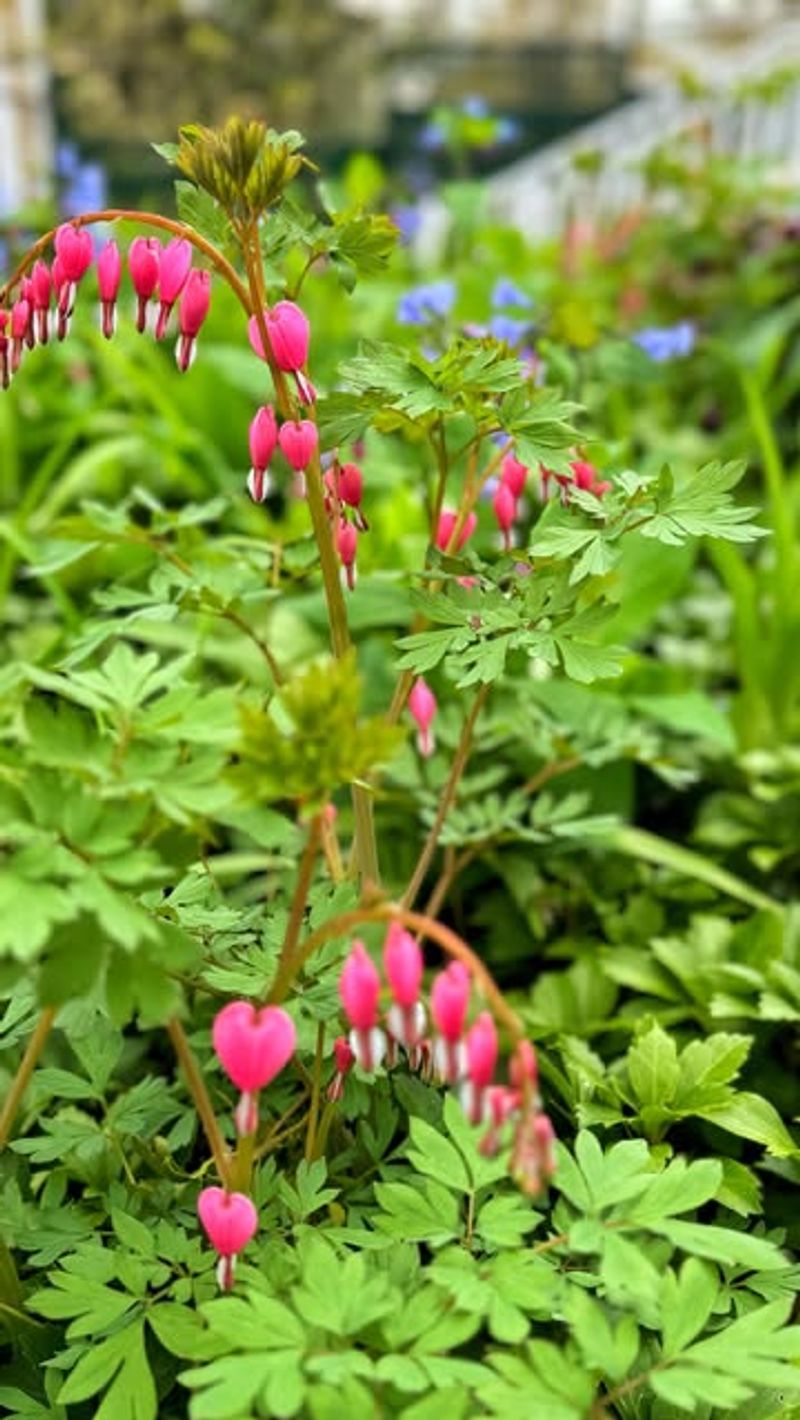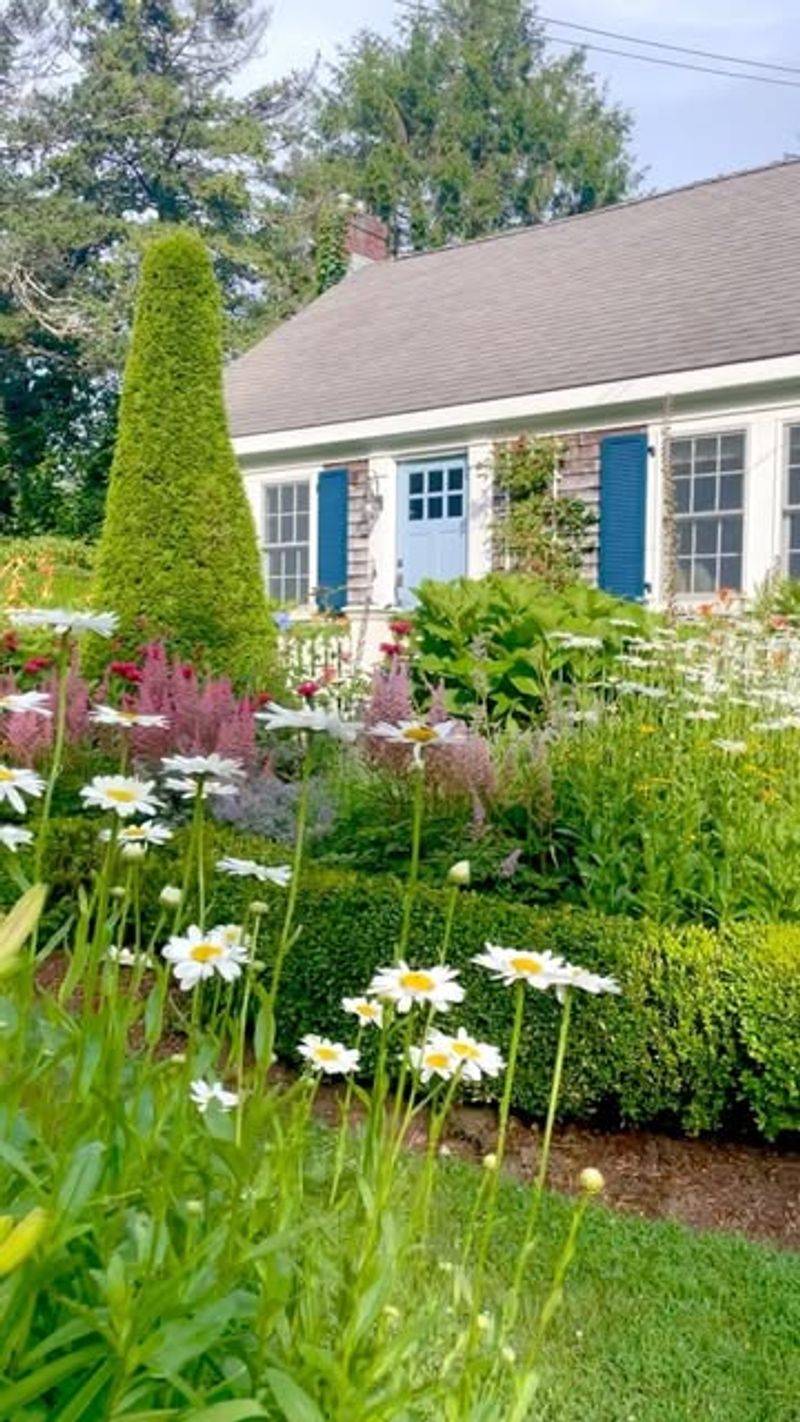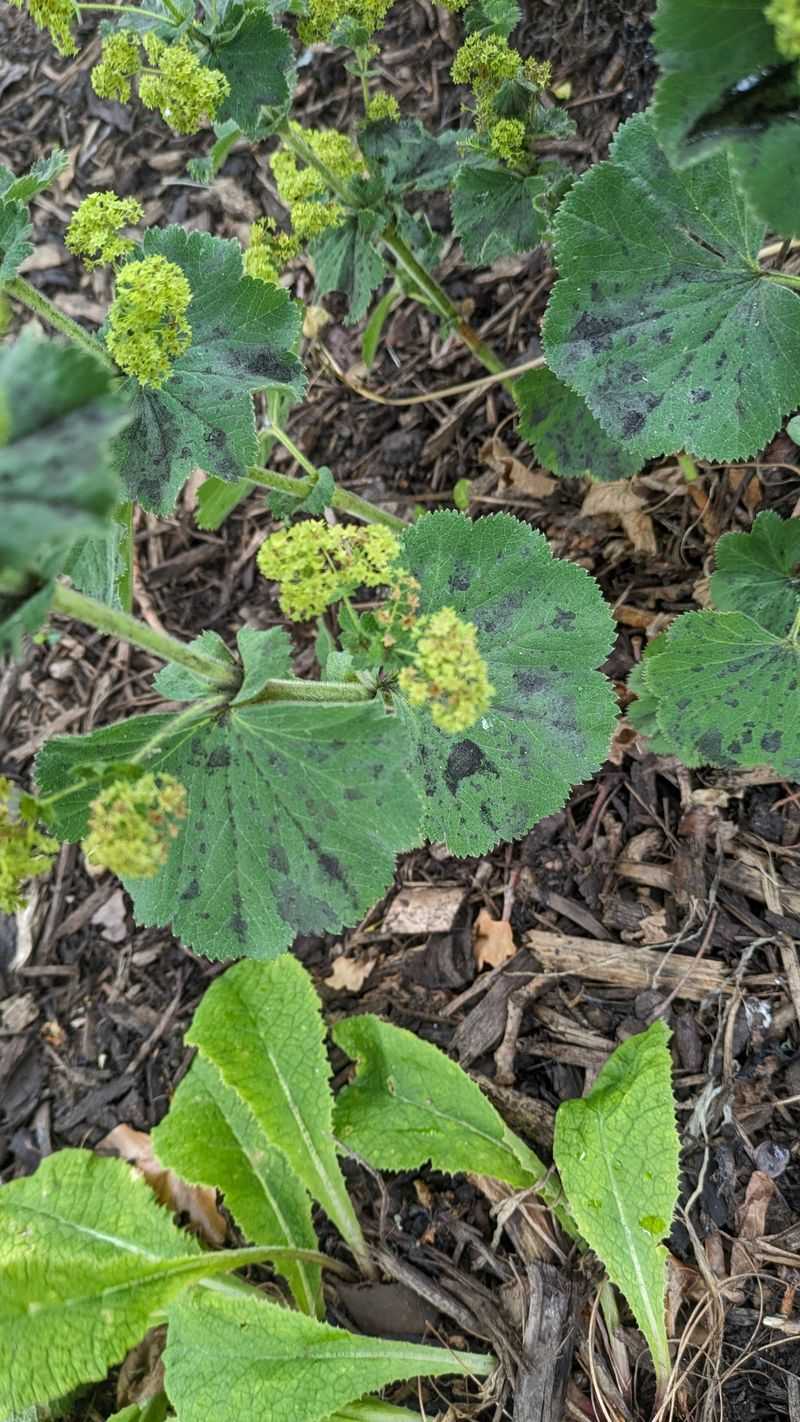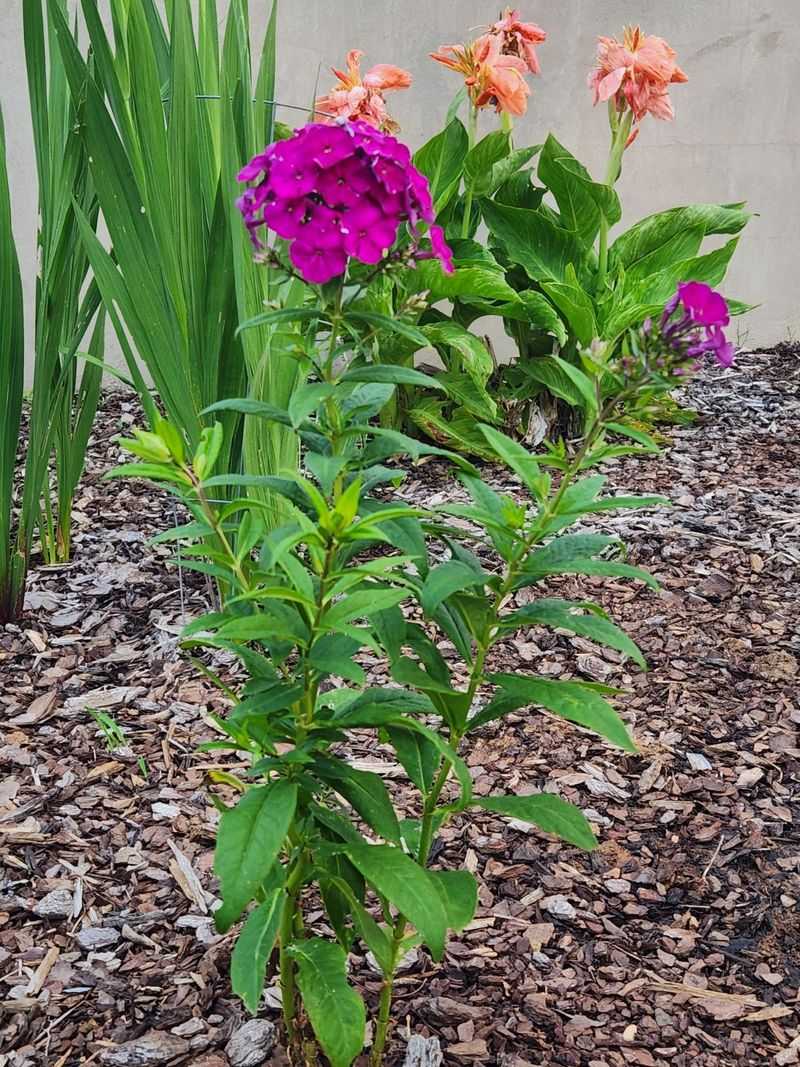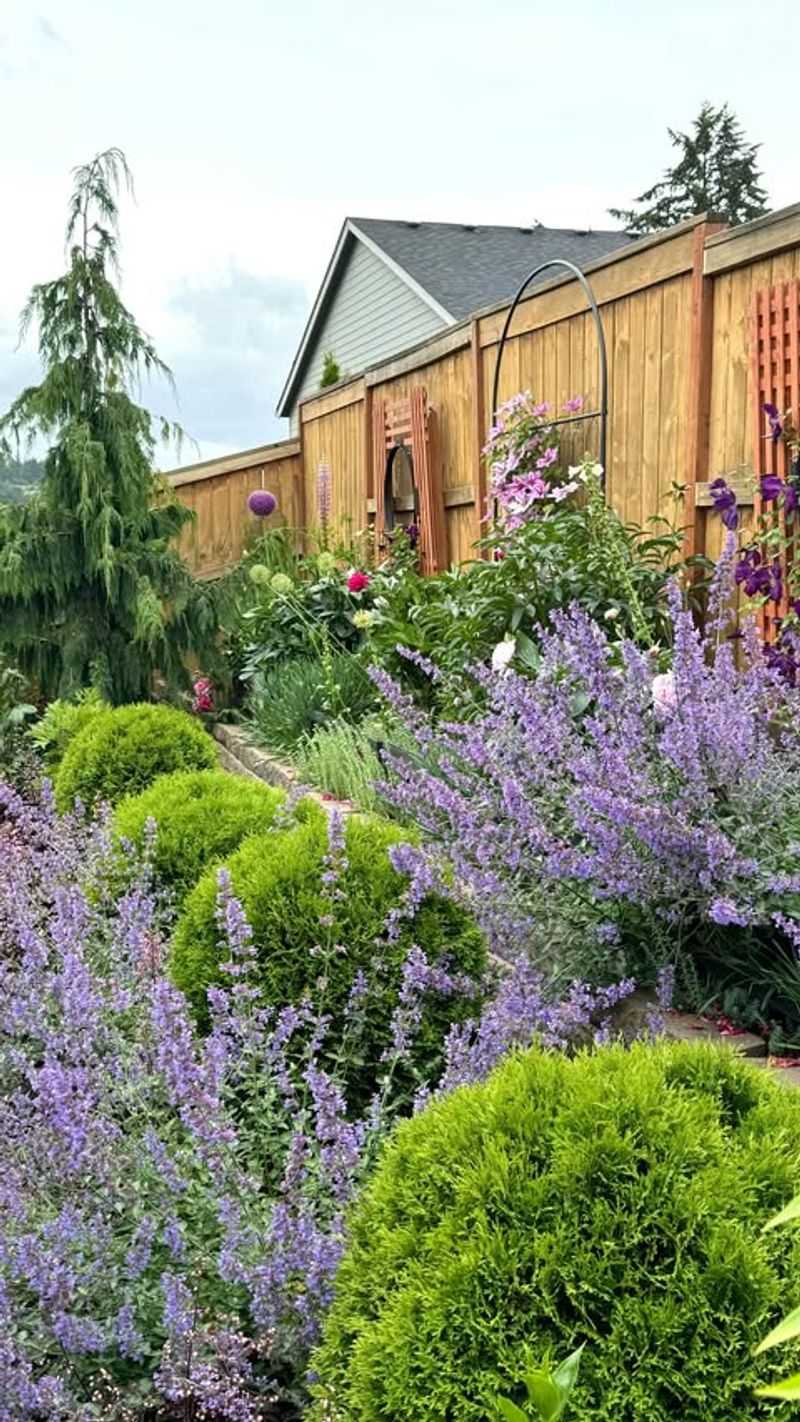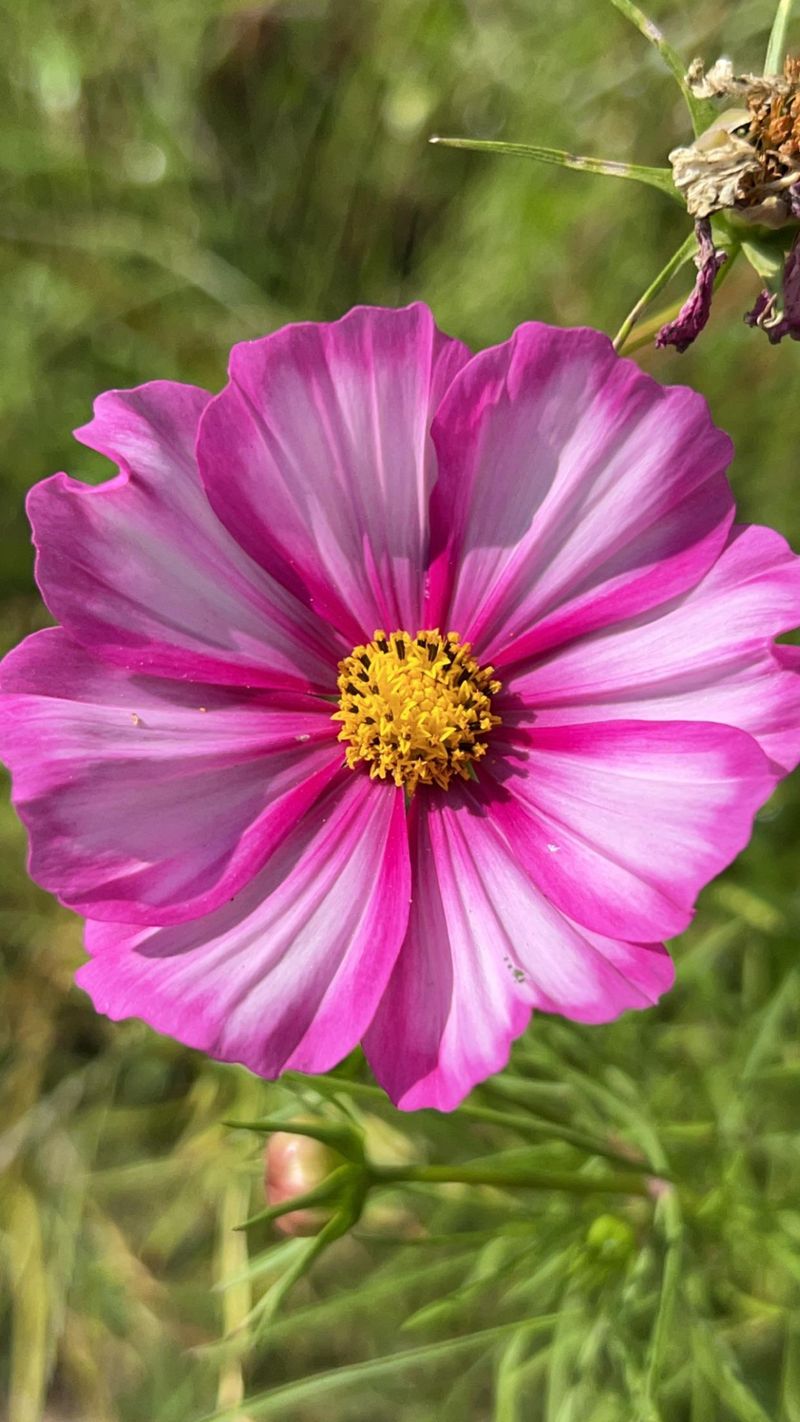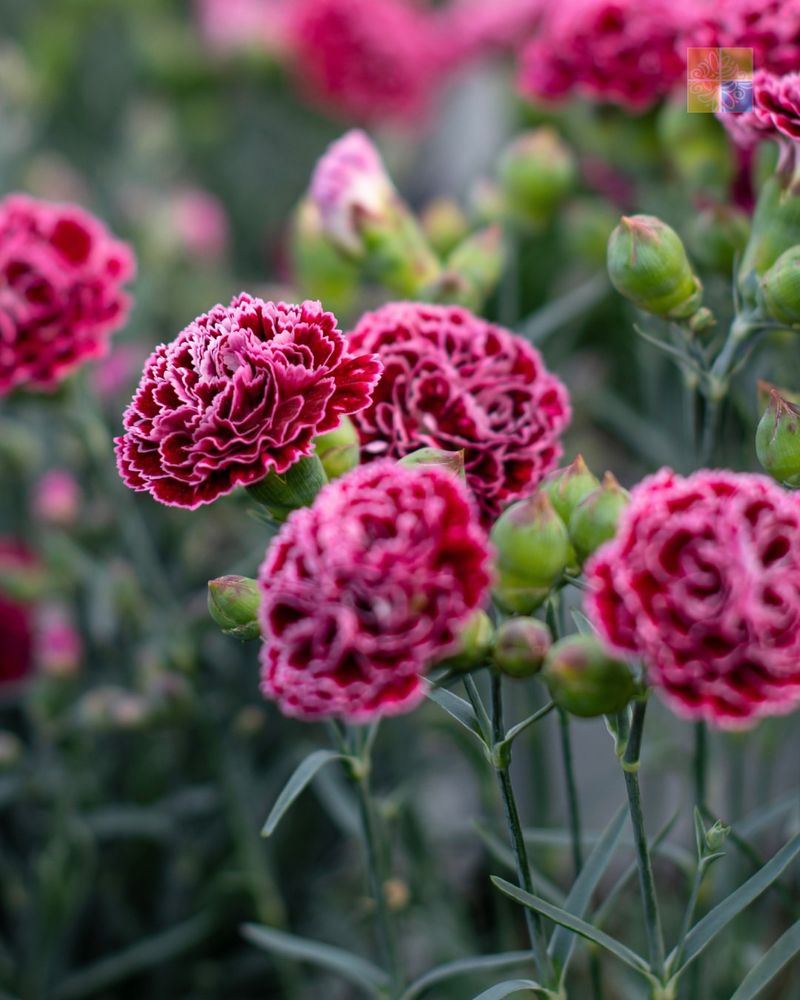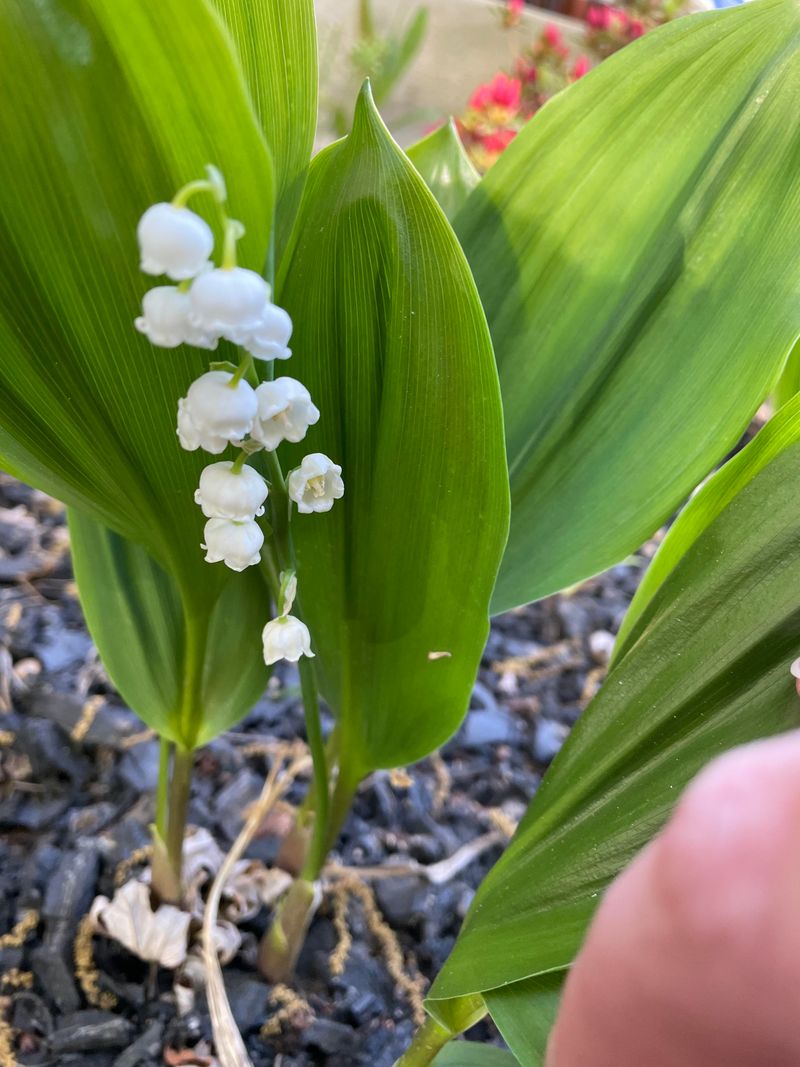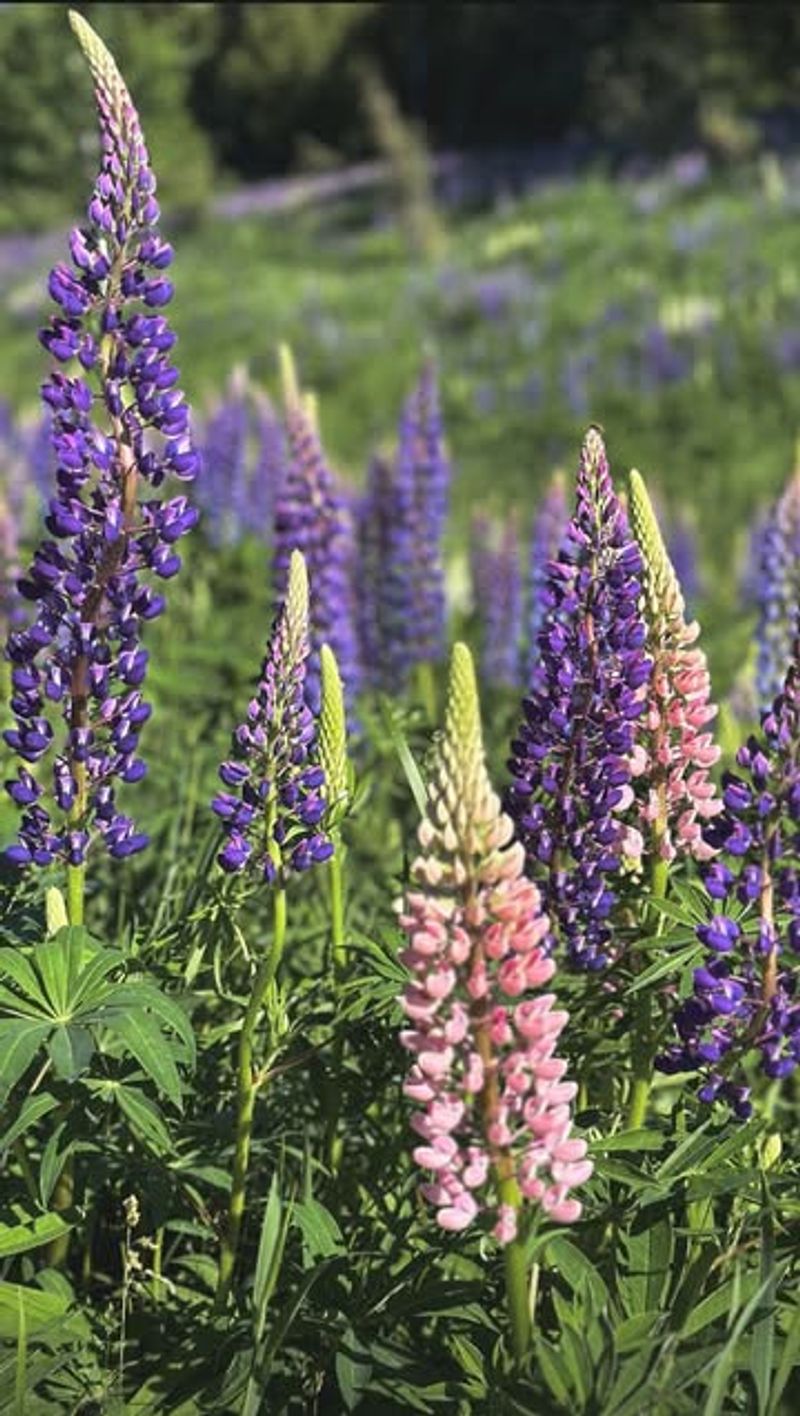Wisconsin gardens come alive with cottage-style flowers that thrive in our unique climate zones. From spring’s first blooms to fall’s final displays, these hardy perennials and annuals create that charming, slightly untamed look we all love.
Many homeowners struggle to find plants that withstand both our frigid winters and occasionally sweltering summers. I’ve tested dozens of varieties in my own Madison garden, discovering which truly perform year after year without constant babying.
The right cottage flowers add instant character while attracting pollinators to your yard. Whether you have a full sun location or shady corner, these flowers bring that coveted cottage aesthetic to any Wisconsin landscape—even with our challenging growing conditions.
1. Black-Eyed Susan
Native to our region, these sunny yellow flowers practically define Wisconsin cottage gardens. They self-seed readily, forming natural-looking drifts that look like they’ve always been there.
Plant them in full sun where they’ll bloom from July through September. The dark centers contrast beautifully against golden petals, creating that classic cottage garden look.
They’re drought-tolerant once established and handle our clay soils without complaint.
2. Delphinium
Those stunning blue spires rising above other plants create the vertical element every cottage garden needs. Despite their elegant appearance, delphiniums are surprisingly tough in Wisconsin’s climate.
Give them rich soil in a spot protected from strong winds. Morning sun with afternoon shade works perfectly in our hot summers.
For best results, stake tall varieties early in the season before our summer storms can damage them.
3. Hollyhock
Grandma’s garden favorite still earns its place in modern Wisconsin landscapes. The towering stalks covered in saucer-sized blooms create instant cottage charm against fences and buildings.
Plant hollyhocks where they’ll receive full sun but have protection from our strongest winds. They’re biennial, meaning they’ll flower in their second year.
Let some seeds fall naturally for that authentic, slightly wild cottage look that keeps them coming back year after year.
4. Foxglove
The spotted tubular blooms of foxglove add woodland whimsy to Wisconsin cottage gardens. Their vertical spires work beautifully in partially shaded areas where many flowers struggle.
Most varieties are biennial, flowering in their second year before setting seed. The self-seeding habit creates that relaxed, unplanned look essential to cottage style.
Plant them where they’ll receive morning sun but escape our intense afternoon heat for best performance.
5. Bee Balm
Hummingbirds flock to this native perennial’s vibrant blooms all summer long. The unusual flower shape resembles exploding fireworks in shades of red, pink or purple.
Bee balm thrives in Wisconsin’s clay soils and tolerates our humid summers better than many imports. Plant it where you’ll enjoy watching the constant parade of pollinators it attracts.
For best disease resistance, ensure good air circulation and divide clumps every few years.
6. Peony
No Wisconsin cottage garden feels complete without these fragrant spring beauties. Peonies often outlive their gardeners, with some plants producing flowers for over 100 years!
Our cold winters provide exactly the chill period they need to bloom abundantly. Plant them in a sunny spot with good air circulation to prevent botrytis during wet springs.
The lush, ruffled blooms make spectacular cut flowers – just shake off any ants before bringing them indoors.
7. Yarrow
Flat-topped flower clusters in soft pastels or bright yellows float above ferny foliage in this cottage garden staple. Yarrow handles Wisconsin’s temperature extremes without flinching.
Plant it in full sun, even in poor soil – it actually performs better without pampering. The flowers dry beautifully for winter arrangements that bring garden memories indoors.
Butterflies adore the landing-pad blooms during our brief but glorious summers.
8. Coneflower
Wisconsin’s native coneflower (Echinacea) brings weeks of summer color while supporting local pollinators. Beyond the classic purple, newer varieties offer sunset hues from coral to mango.
Their drought tolerance makes them perfect for spots that dry out quickly in our summer heat. Leave the seedheads standing through fall and winter to feed finches and add winter interest.
Plant them where they’ll catch late afternoon light for a magical garden glow.
9. Lavender
Surprisingly hardy in Wisconsin when given proper conditions, lavender brings Mediterranean charm to our northern gardens. Choose cold-hardy varieties like ‘Phenomenal’ or ‘Munstead’ for best winter survival.
Plant lavender in the sunniest, most well-drained spot you have. Adding gravel to our heavy soils helps prevent the winter rot that claims many plants.
The fragrant purple spikes create beautiful edging along pathways where brushing against them releases their calming scent.
10. Columbine
Dancing on delicate stems above lacy foliage, columbine brings spring magic to Wisconsin gardens. The nodding flowers in jewel tones seem to float in dappled light.
They self-seed politely, popping up in new garden spots each year. Our cool spring temperatures extend their blooming season compared to warmer regions.
Plant them where they’ll receive morning sun but escape intense afternoon heat – woodland edges or eastern exposures work beautifully.
11. Bleeding Heart
Heart-shaped blooms dangle from arching stems in this spring woodland beauty. Bleeding hearts provide early season interest before summer perennials take center stage.
They thrive in Wisconsin’s cool, moist spring conditions and appreciate afternoon shade during our occasional May heat waves. The foliage may disappear by midsummer – a perfect spot to plant late-emerging companions.
Try the native fringed bleeding heart for a more delicate look that extends the bloom season.
12. Shasta Daisy
Clean white petals surrounding golden centers create that quintessential cottage garden look. Shasta daisies bloom for weeks during Wisconsin’s peak summer season.
Plant them in full sun where they’ll form tidy clumps that gradually expand over the years. Their sturdy stems rarely need staking, even in our summer thunderstorms.
Deadheading spent blooms encourages more flowers well into September, extending the season when many gardens start looking tired.
13. Lady’s Mantle
Morning dew collects in perfect droplets on the scalloped leaves of this cottage garden essential. Lady’s mantle’s chartreuse flower clusters soften garden edges with their frothy texture.
Tough enough for Wisconsin winters yet refined in appearance, it thrives in partial shade but handles morning sun beautifully. The foliage looks fresh all season, even when neighboring plants begin to fade.
Try it as a living mulch under roses or peonies for an elegant combination.
14. Phlox
Fragrant blooms in every color except true blue cover these Wisconsin garden favorites from July through September. Tall garden phlox creates the romantic, billowy look that defines cottage style.
Choose mildew-resistant varieties for our humid summers. ‘David’ remains a reliable performer with pristine white flowers that glow in evening gardens.
Plant them where air circulation is good but soil stays consistently moist through our occasional dry spells.
15. Catmint
Clouds of lavender-blue flowers hover above aromatic gray-green foliage from late spring through fall. Catmint creates that soft, informal edge perfect for Wisconsin cottage gardens.
Virtually indestructible in our climate, it thrives in full sun and average soil. A quick shearing after the first flush of bloom triggers a second display almost as impressive as the first.
Plant it where cats can enjoy rolling in its minty scent without crushing neighboring flowers.
16. Cosmos
Airy stems topped with daisy-like flowers dance in Wisconsin’s summer breezes. Cosmos bring cottage charm to annual gardens with minimal effort and maximum impact.
Direct sow seeds after our last frost date for flowers that bloom until autumn’s first freeze. Their feathery foliage provides a perfect backdrop for more substantial perennials.
The open, informal growth habit fills empty spaces between spring bulbs and late-summer bloomers, maintaining garden interest all season.
17. Dianthus
Spicy clove fragrance wafts from these petite blooms, explaining their common name: pinks. Low-growing dianthus creates perfect edging for Wisconsin cottage garden paths.
Their silver-blue foliage remains attractive even when not in bloom. Most varieties handle our winter temperature swings beautifully, returning year after year.
Plant them where visitors can bend down to enjoy their sweet scent – perhaps along a garden entrance or near a bench where you relax.
18. Lily of the Valley
Tiny white bells with an intoxicating fragrance emerge in early spring, thriving in spots where many flowers fail. Lily of the valley spreads to form elegant groundcover in Wisconsin’s shady areas.
Once established, it tolerates our occasional summer droughts surprisingly well. The glossy green leaves provide season-long interest after flowers fade.
Plant it where spring breezes can carry its perfume to patios or windows – the scent alone evokes cottage garden romance.
19. Lupine
Spires of pea-like flowers rise above palmate leaves in this cottage classic that performs beautifully in Wisconsin’s cool spring temperatures. Wild blue lupines are native to our northern counties, while garden hybrids offer rainbow colors.
They prefer our state’s acidic soils and appreciate consistent moisture during establishment. The deep taproots help them survive summer dry spells once mature.
Plant them where they won’t need disturbing – they resent transplanting due to those specialized roots.

